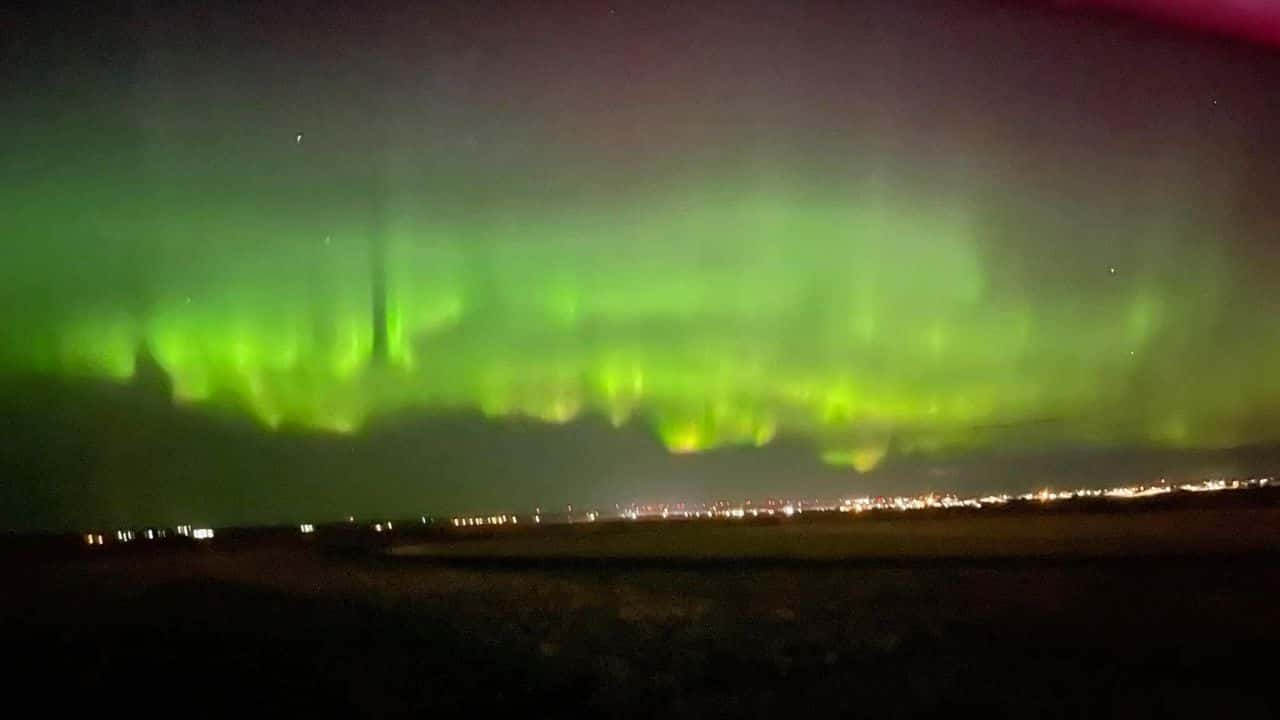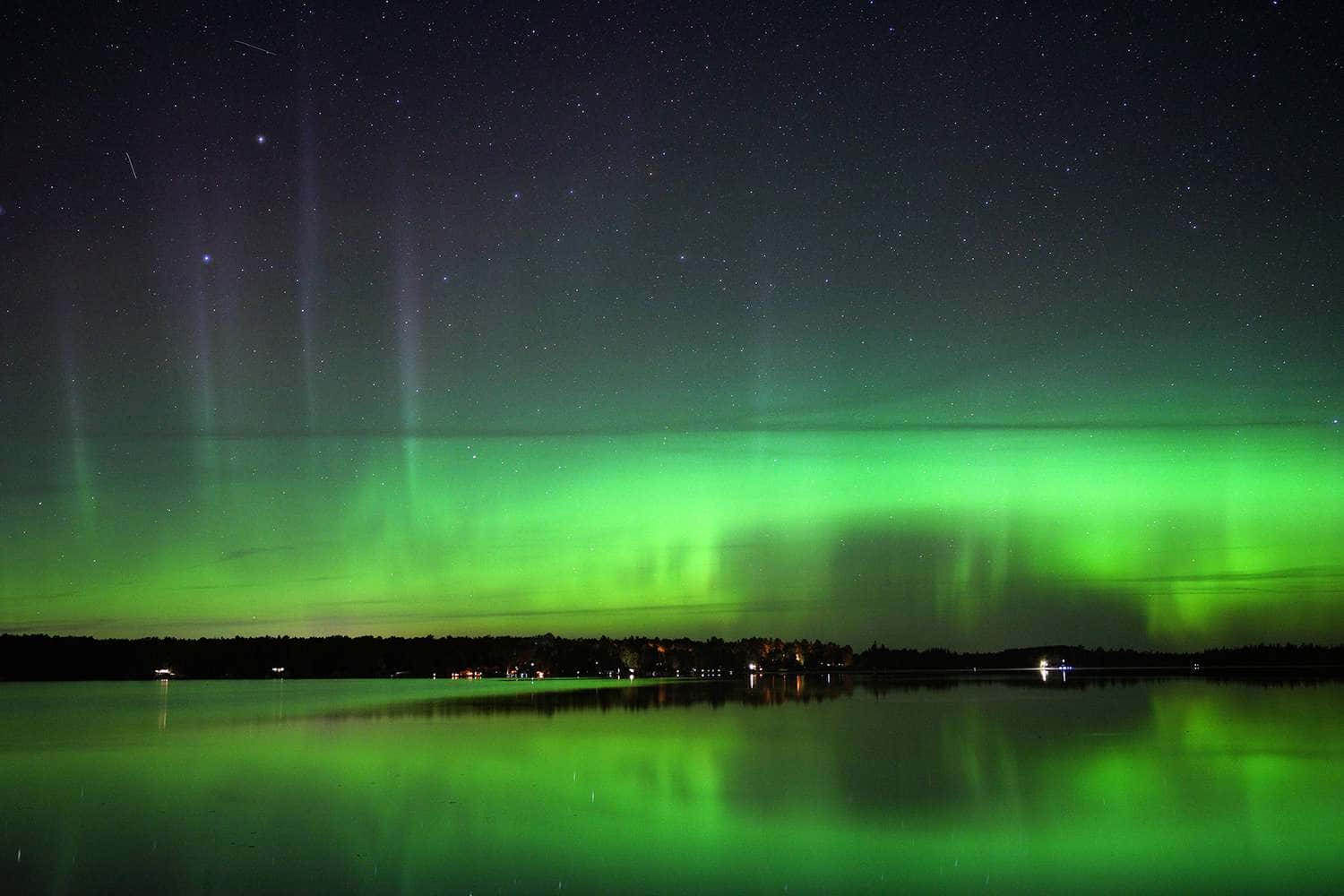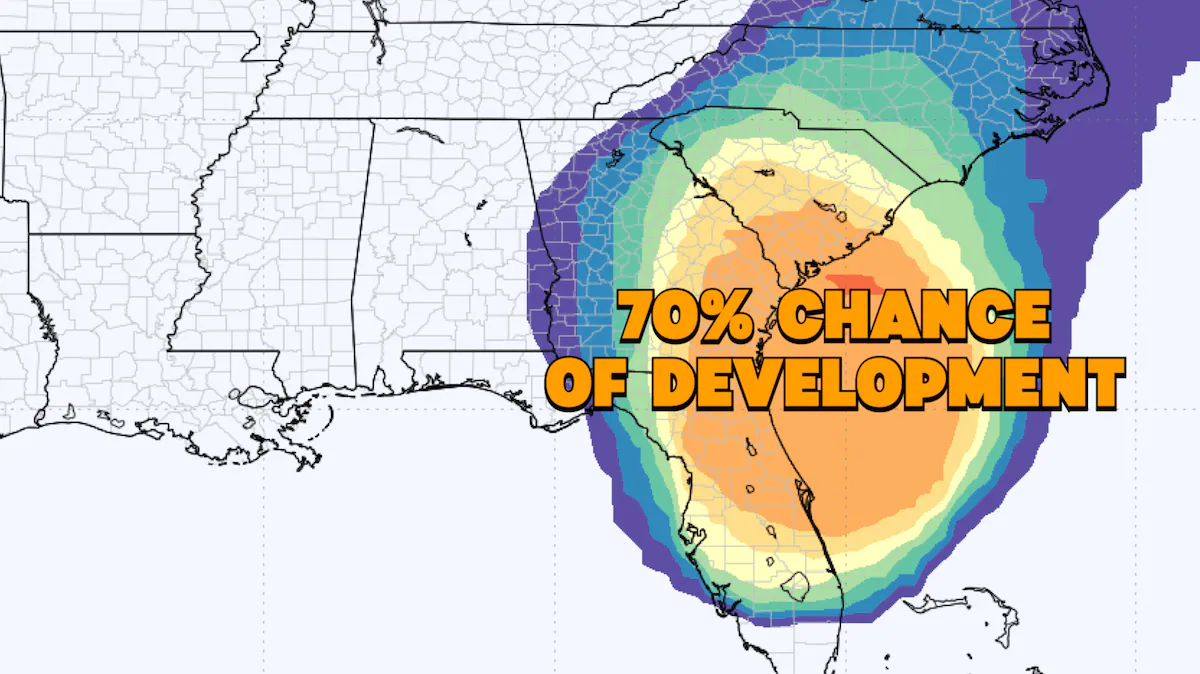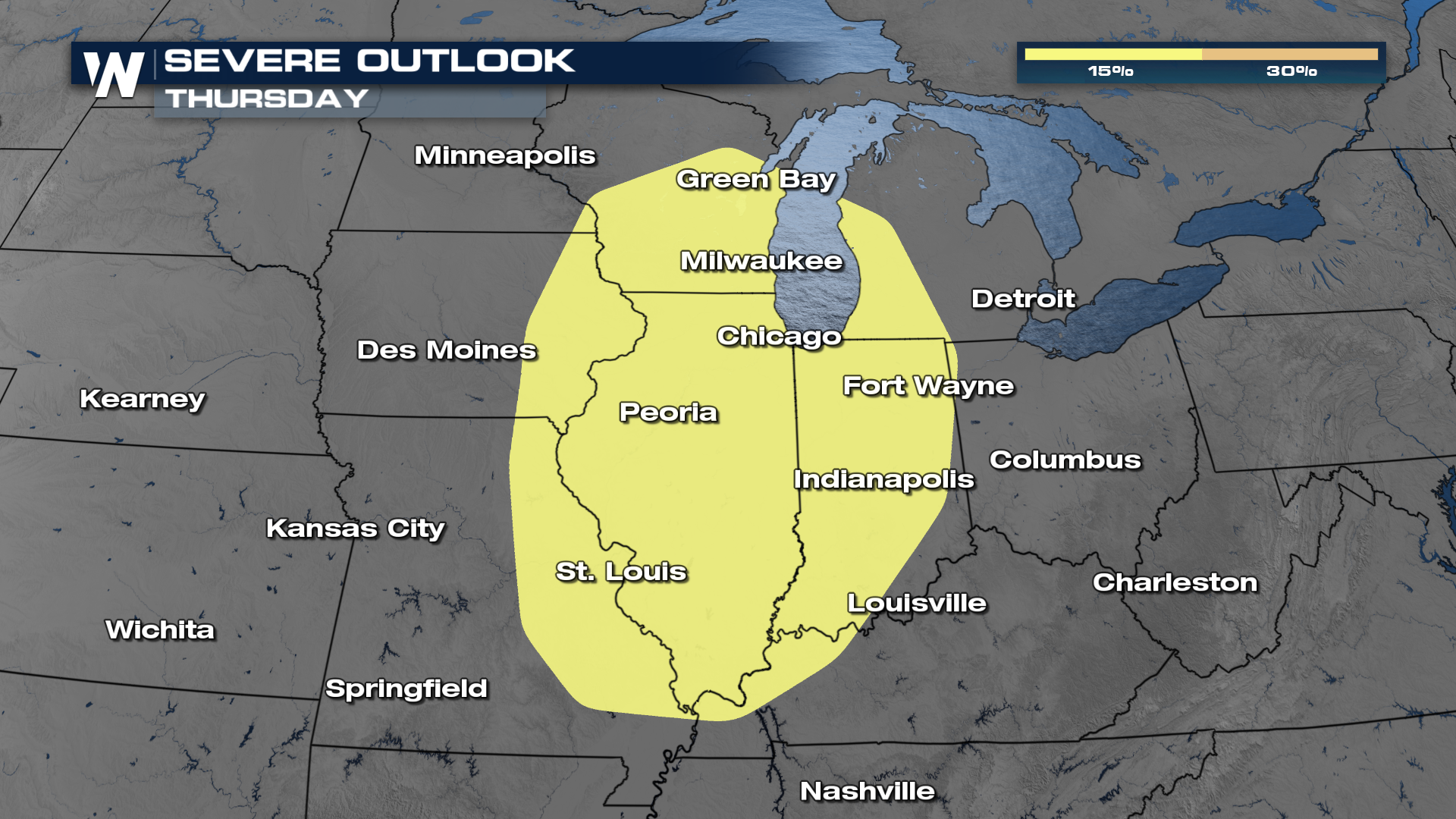Projections from the NOAA Space Weather Prediction Center indicate that individuals residing as far south as Nebraska and central Iowa could potentially enjoy the aurora borealis, given favorable conditions.

The NOAA Space Weather Prediction Center has issued an alert, suggesting that residents in parts of the Midwest and Northeastern states may have a chance to witness the enchanting spectacle of the northern lights on Sunday night
The amplification of this celestial phenomenon is a consequence of a potent geomagnetic storm triggered by a coronal mass ejection from the sun. Coronal mass ejections, as described by NASA, are “vast bubbles of coronal plasma intertwined with intense magnetic field lines, expelled from the sun over several hours.” They often resemble “enormous, twisted ropes” and are frequently associated with solar flares or eruptions on the sun’s surface. The visibility of this astral event is anticipated to diminish by Monday, with forecasts suggesting that the southernmost extent of the viewing area will graze central Minnesota. While the general public need not be alarmed by the heightened geomagnetic activity, the NOAA Space Weather Prediction Center has advised infrastructure operators to take preventive measures to mitigate potential impacts.
The NOAA Space Weather Prediction Center also highlighted the potential for technological disruptions to the power grid and spacecraft
The northern lights made a preliminary appearance in the northwestern regions of the country on Sunday morning, with weather observers capturing their ethereal beauty in Washington and Wyoming.
Notably, forecasters from the NOAA Space Weather Prediction Center have indicated that the solar forces responsible for generating this magnificent celestial display are poised to reach their peak at a more intense level than previously anticipated. According to a statement from the NOAA Space Weather Prediction Center on Friday, “Solar activity is expected to rise more rapidly and reach a higher level than what was predicted by an expert panel in December 2019.” As a result, the updated projection anticipates Solar Cycle 25 to culminate between January and October of 2024.
READ ALSO: Category 5 Hurricane Resilient Homes Emerge In Florida Panhandle, Combating Climate Challenges




